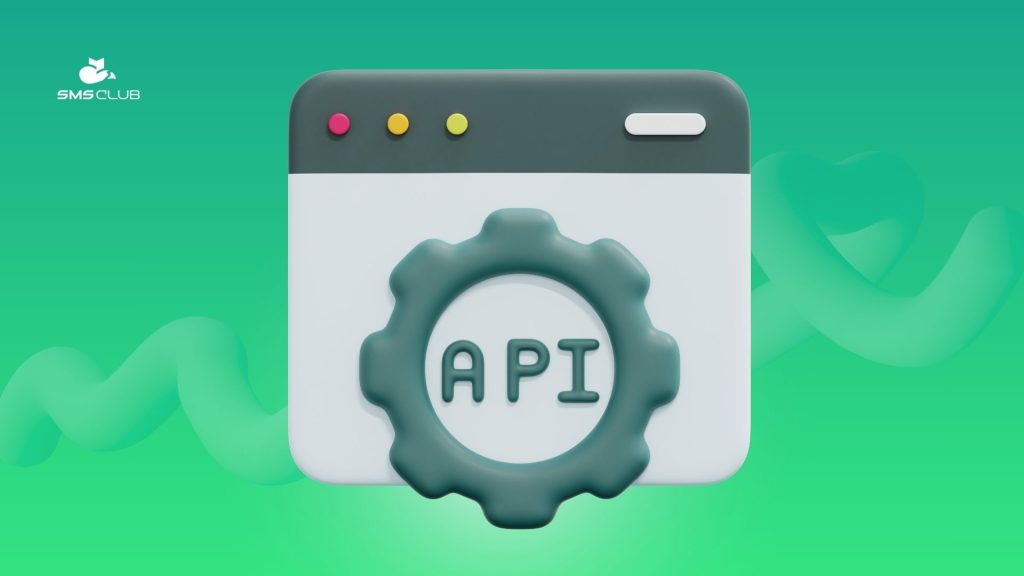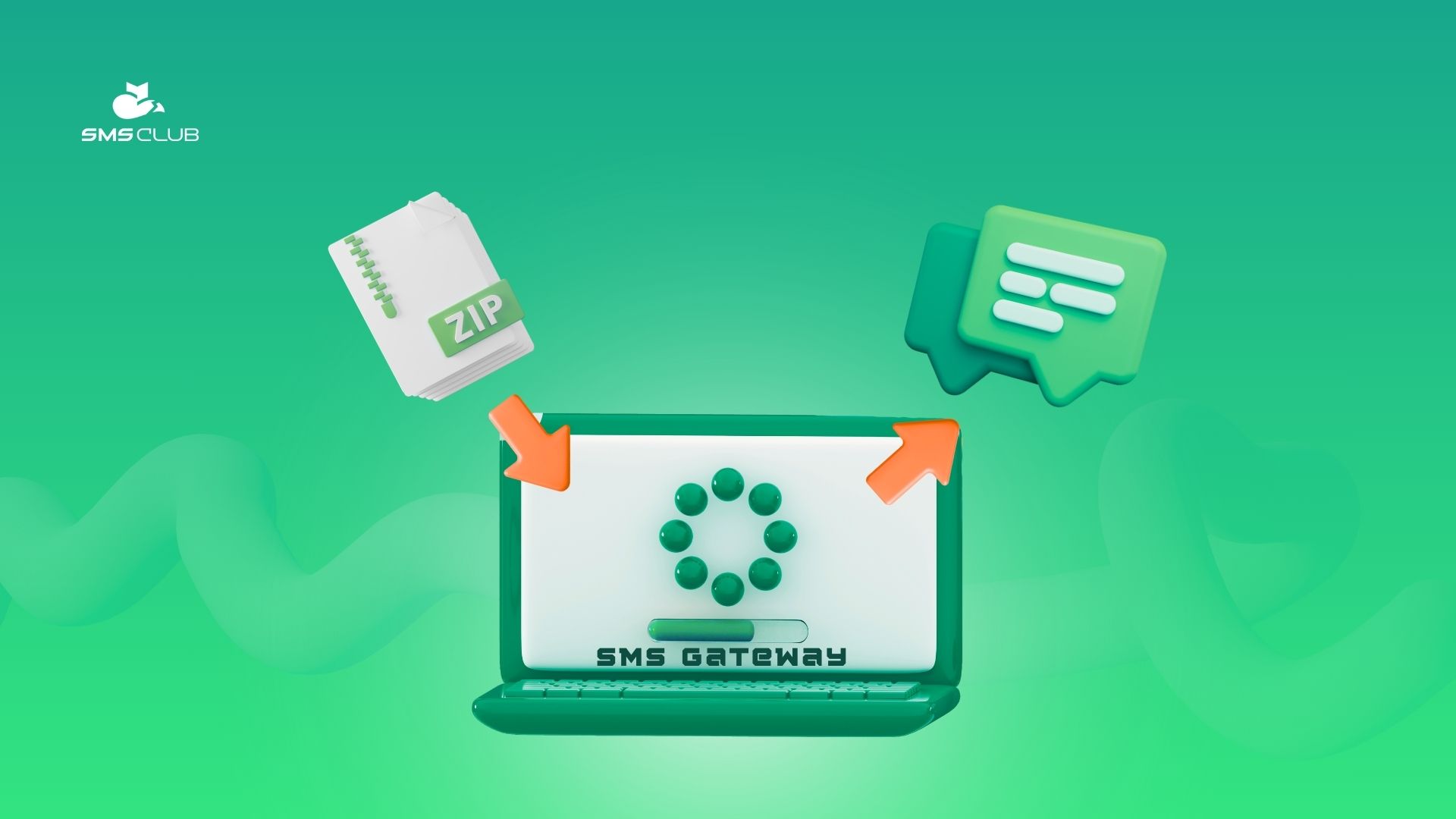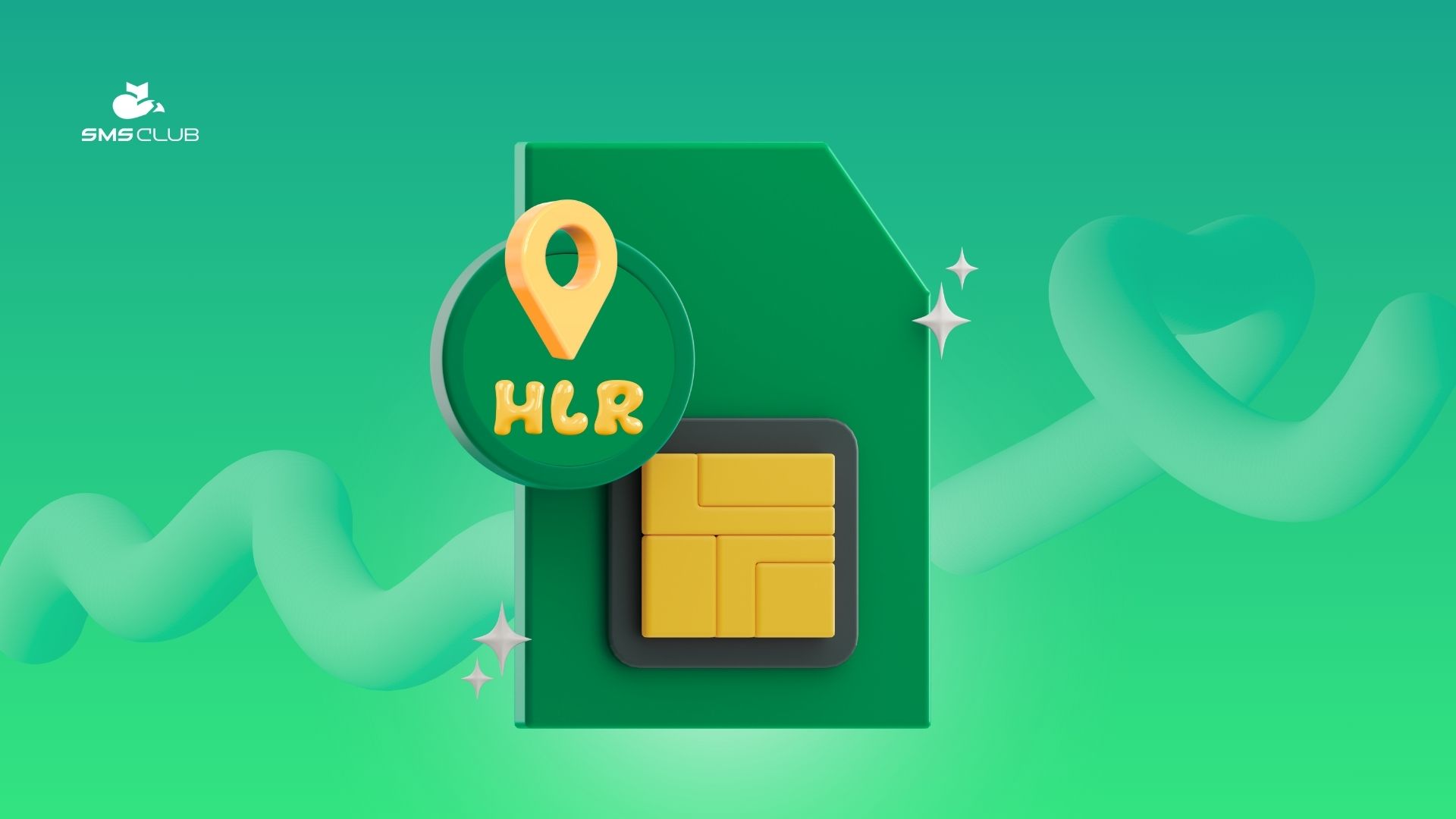What is API Integration?

Contents:
Contents:
Each of us interacts with an API — an Application Programming Interface — every day. For example, when asking Google a question, paying for a service online, or searching for a location on a map.
An API is a mediator between the programs on a user’s device and the programs of any external platform. It’s often compared to a waiter who takes an order, delivers it to the chef, and brings back the prepared dish. In this case, the order is a request for information, and the execution is the received response.
There are APIs that allow you to send regular messages from any device to mobile phones. This refers to SMS APIs, or programmable messaging, which simplifies many business processes and, as a result, improves communication with clients.
Why, Where, and What For?
Until recently, most programs were created exclusively for standalone operation within a specific system. Now, software is more adaptive from the start. It’s much easier to not write a project from scratch but to “attach” one that has been working reliably to a website or application.
This is why APIs are everywhere when it comes to interaction between software on different platforms. The niche doesn’t matter. They are equally needed in healthcare services, transportation, or small goods sales.
API integration solves at least five tasks:
- Data exchange between different companies. For example, financial companies when a payment from a user of one bank goes to the account or e-wallet of a client in another payment system.
- Automation of business processes. One interesting example is SMS APIs. This includes automated marketing campaigns, reporting messages, and personalized notifications, such as reminders about scheduled visits.
- Data synchronization. For instance, between a mobile app and a website or between a website and an external resource. For example, a widget with a fresh weather forecast would be useful in a fishing store, and a map or currency converter on websites where people choose apartments for rent.
- Expanding functionality. In other words, access to data and functions from other resources, making your project more convenient. For example, an online store integrates with ChatGPT so that AI automatically answers customer questions or describes products on the site.
- Increasing efficiency. Collaboration with different platforms makes a business much more flexible. Convenience and attention to detail are one way to attract new customers and, therefore, increase revenue.
When is an SMS Gateway Needed?
Many companies promote their brand or product through SMS campaigns. To reach the widest possible audience, it’s necessary to integrate an API into your program or platform.
Doing this yourself is quite a meticulous task — it’s easier to contact a company, that provides such services. These messages are sent through a specialized gateway.
The word “gateway” is interpreted as a hydraulic structure for moving ships from one body of water to another. The integration gateway performs a similar function when sending texts.
Its task is to compress the message “at the entrance” and convert it into readable text “at the exit”. It also handles technical nuances that users are unaware of.

In short, the systems of individual companies may operate on different communication protocols, and the gateway helps them quickly understand each other.
It is advisable to connect an API gateway in the following cases:
- Confirming registration on a website or application via SMS;
- Sending urgent notifications (about completed transactions or order fulfillment reports);
- Conducting marketing campaigns to inform customers about promotions, offers, or new products;
- Sending real-time reports (such as successful payment for a purchase or service);
- For user authentication via a one-time password sent to a mobile phone or for authorization on your website through a Facebook or Google account.
Additionally, sending SMS via a gateway allows for message personalization, which is important for many businesses to avoid the universally cold “dear customer”. Moreover, it’s a two-way communication. This means the company can immediately receive responses from customers and even conduct SMS surveys.
How to Work with a Gateway: Step-by-Step Guide
To set up mass messaging using an API, you need to:
- Register or log in to the provider’s account that offers messaging services. SMS Club offers integration with their interface (SMS gateway) for automatic SMS sending. This service can be integrated with any project.
- Obtain an API key, which allows for authorized requests.
Tip:
At this stage, beginners might have questions, such as which specification option to choose or how message formats differ.
No one would say that API is a simple technology. It requires careful consideration of compatibility, security, and system support issues. Therefore, there are nuances that should be clarified with specialists from the beginning, as there is no universal advice here.
- Create a request. To send SMS messages via API, you need to fill in certain parameters, including the alphanumeric sender name, recipient numbers, message text, etc.
- Send the message. The request first goes to the company’s server and from there, in the form of an SMS, is sent to the recipients. It may sound cumbersome, but it takes only seconds.
- Process the response. The sender receives information on how successful the sending was.
Conclusions
API is a powerful tool that can automate many processes, minimize the impact of the human factor, and increase the functionality of your website or application.
Using this technology for SMS is advisable for companies that need to send text messages frequently, quickly, and to a large number of recipients. This includes, for example, e-commerce, banking, healthcare, or educational services.
The key component for managing SMS communications is the SMS gateway. It is the gateway that performs the main function of the API — Application Programming Interface — ensuring smooth collaboration between different digital systems and devices.




